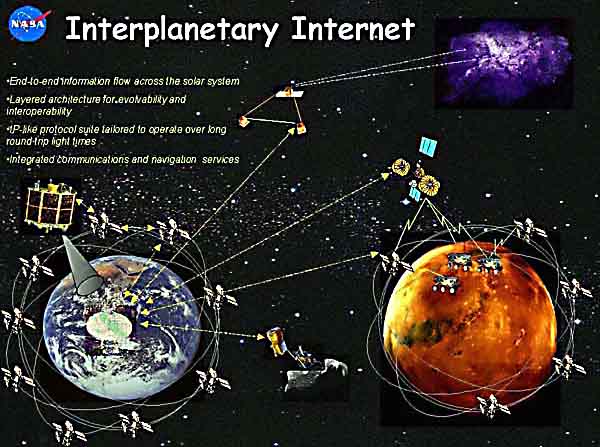The UNK Proton Accelerator. Image Source: English Russia via Dvice.
Caption for the above photo: Once upon a time in a Soviet Union far, far away, Russia set out to build the world's largest particle accelerator under a small town called Protvino. Already plagued by setbacks, the work on the accelerator ceased after the fall of the Soviet Union and it's been abandoned since.
Dvice is reporting on a set of incredible Urbex photos of an abandoned Soviet particle accelerator. It's amazing to see one of the foremost symbols of futuristic science of our current era reduced to an Urbex ruin. Will this be how future peoples see the wreckage of our research and our civilization? All photo sources are from the first cited sites for the image above. Also below is an excerpt from an article about an accident that took place at this site, in which a scientist was exposed to the accelerator while it was in full operation. This is the only such case in human history.

























